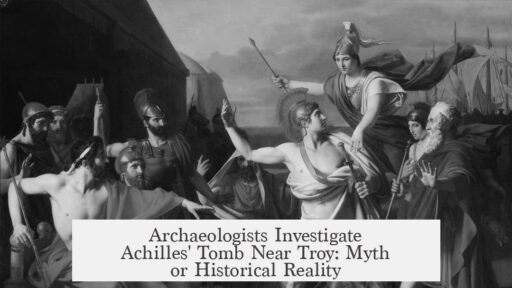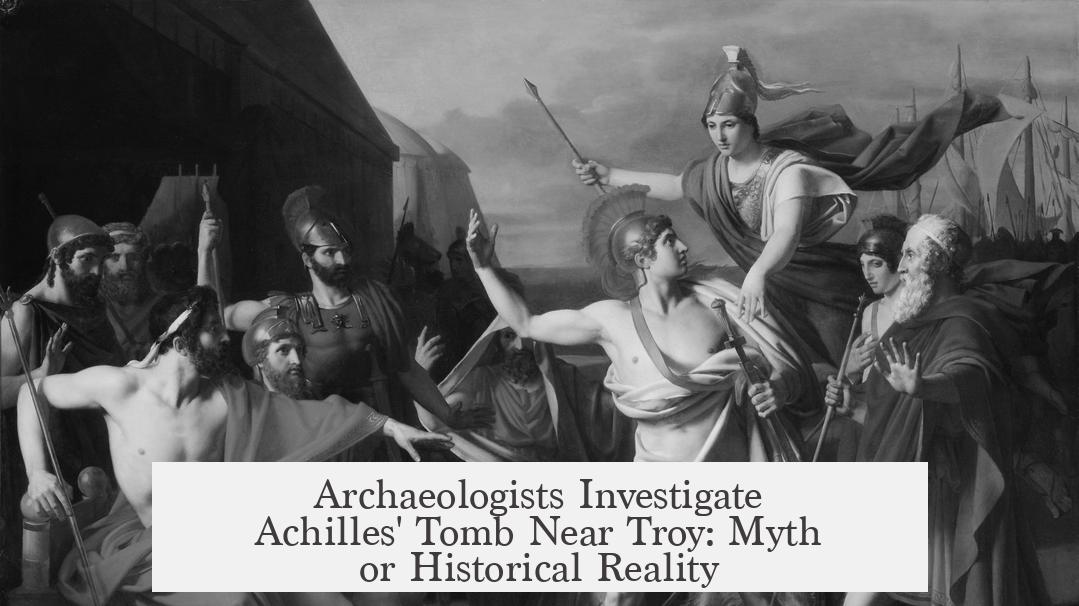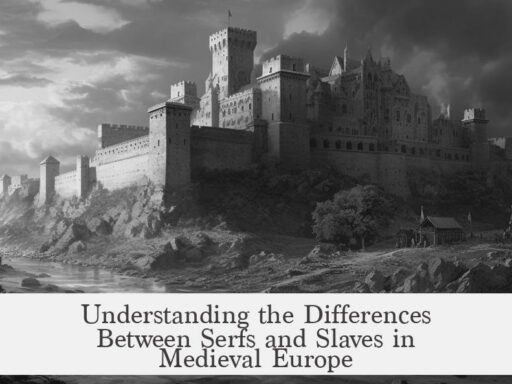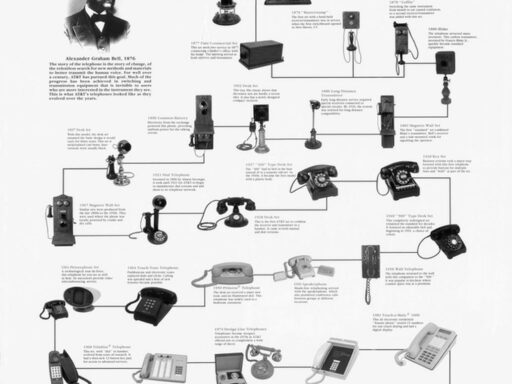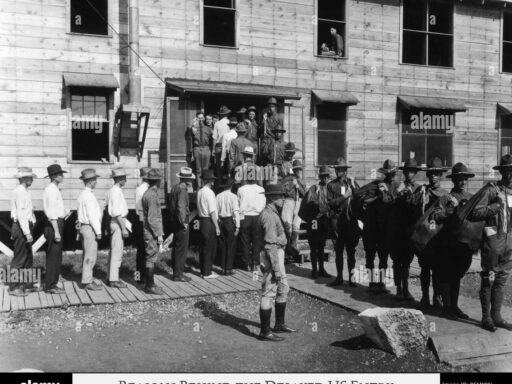Archaeologists have not found any definitive trace of Achilles’ tomb near Troy, and no credible evidence confirms that Achilles was a real person. Ancient Greeks believed some burial mounds or tumuli in the Troad region belonged to Achilles and his companion Patroclus. The Iliad describes them as buried together, with their ashes mixed in a single vessel. This tradition was strong enough that when Alexander the Great crossed into Anatolia, he reportedly visited a tomb identified as Achilles’. However, the basis for these identifications remains unclear. These burial mounds may have been associated with local legends or used for purposes such as pilgrimage or tourism.
Early archaeological attempts to locate Achilles’ tomb began as far back as the eighteenth century. Heinrich Schliemann, famous for his Troy excavations, also investigated tumuli in the area but found mainly tombs from much later periods like the Archaic, Classical, and Hellenistic eras, not the Bronze Age in which the Trojan War supposedly took place. These findings highlight the significant chronological gap between the myths and archaeological record.
The story of Achilles and the Trojan War is deeply embedded in Greek cultural memory. It is clear that the Homeric epics, composed after around 700 BC, shaped Greek identity and mythology. Nevertheless, modern scholarship agrees that these stories are not accurate historical sources. Instead, they mix myth and legend without reliable evidence for historical events or individuals. Thus, searching for a real tomb or factual traces of Achilles is not supported by available evidence.
The identification of tumuli as Achilles’ resting place likely arose from oral traditions or later cultural attributions rather than from authentic historical or archaeological knowledge. Scholars like Jonathan S. Burgess have explored these issues, showing how myth and archaeology intersect but remain distinct.
- No archaeological proof exists for Achilles’ tomb near Troy.
- Identifications of tumuli as Achilles’ are based on tradition, not evidence.
- Excavations mainly uncovered tombs from later periods, unrelated to the supposed era of Achilles.
- Achilles is regarded as a mythical figure, not a historical person.
- The Homeric epics reflect cultural mythology, not factual history.
Have Archaeologists Found Achilles’ Tomb Near Troy? What Does It Say About His Reality?
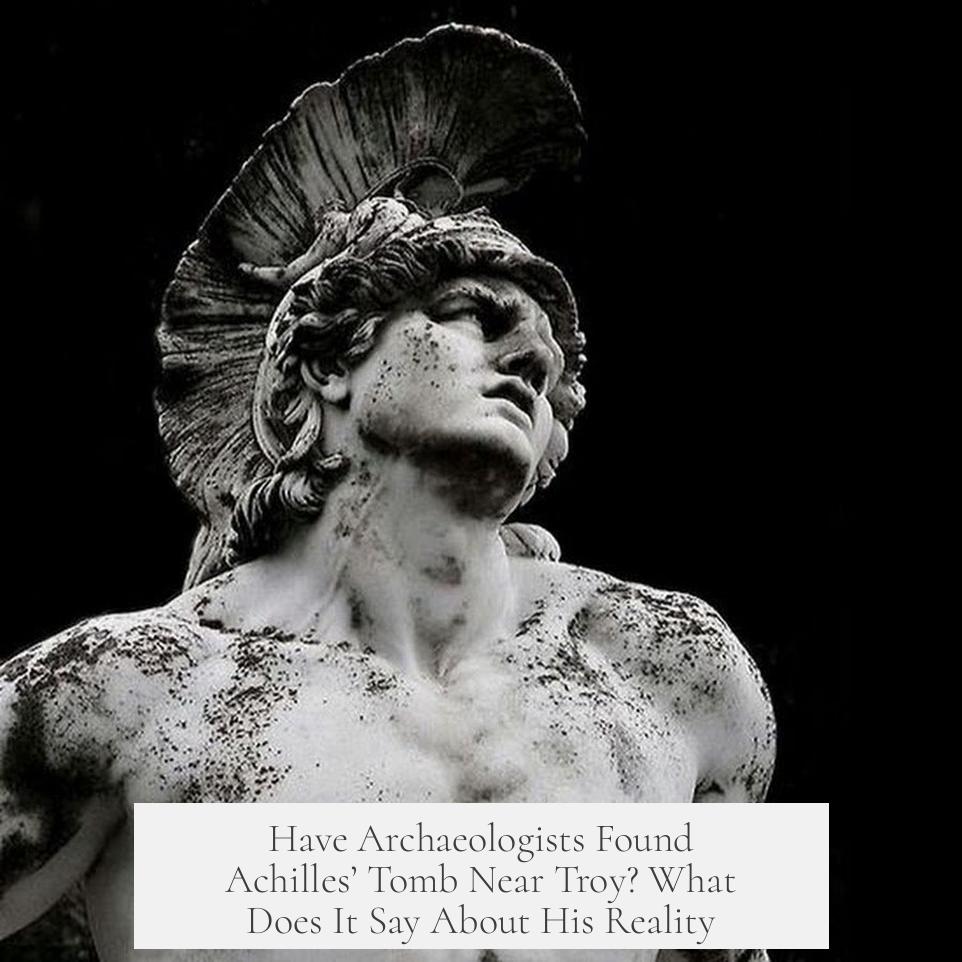
Simply put: archaeologists have not found any convincing trace of Achilles’ tomb near Troy, and the consensus is that Achilles was likely a mythical figure rather than a real person. But let’s unwind this tale, because the story behind the tomb is nearly as legendary as the hero himself.
For centuries, the ancient Greeks firmly believed that some burial mounds, or tumuli, scattered around the Troad (the region surrounding ancient Troy) belonged to Achilles and his close companion Patroclus. According to Homer’s Iliad, the two heroes were to be buried together, their ashes or bones mixed in one vessel—an image forever etched in Greek cultural memory.
Now here’s the kicker: when Alexander the Great invaded Anatolia, he reportedly paid a symbolic visit to the tomb thought to be Achilles’. Not just a casual stop, but a deliberate nod to heroic legacy. Meanwhile, Alexander’s buddy Hephaestion visited the mound said to be Patroclus’. But how did they know which mound belonged to whom? The short answer: they probably didn’t.
Someone, at some point, just selected those burial mounds, and tradition stuck. It could have been for political reasons, cultural symbolism, or yes, even early “tourism.” The idea that these tumuli were identified by some neat archaeological evidence is a modern misconception. Instead, the choice was likely an inspired guess that grew into belief over centuries.
Digging Into the Dirt: What Archaeology Shows
If dreaming of unearthing Achilles’ bones gets your heart racing, you’re chasing a phantom. Excavations in and around these tumuli—starting tentatively in the 18th century and later with famous archaeologists like Heinrich Schliemann—failed spectacularly to find any Bronze Age tomb linked to the hero. Instead, the tombs belong to later periods: Archaic, Classical, or even Hellenistic eras, which are centuries after the supposed time of the Trojan War.
Think of it this way: you want to find the caller ID for a long-lost phone number but keep unearthing items from entirely different timelines. That’s what digging near Troy feels like. Schliemann, often called the father of modern archaeology due to his work at Troy, uncovered incredible ruins but couldn’t locate any tomb that could be Achilles’. The most logical conclusion: the quest for Achilles’ grave is basically a fool’s errand.
Why a fool’s errand? Because Achilles was probably never “real” in the historical sense. The epics celebrating him were written hundreds of years after the alleged war. They weave myth, literary flair, cultural pride, and heroic ideals—not dry history. The stories shaped Greek identity but did not record factual biographies or reliable events from the Bronze Age.
Myth Versus History: Where Does Achilles Stand?
Is there any spark of truth inside these poetic legends? Possibly, but there’s no solid evidence to say Achilles walked ancient Greece or fought near Troy as described. Most historians now view Achilles as a symbolic figure—a storytelling device embodying warrior ideals and cultural values rather than a flesh-and-blood individual. This distinction matters.
To put it plainly, having a mound “claimed” to be Achilles’ tomb doesn’t make it so—just like having a bronze statue of Captain Kirk in Iowa doesn’t make him a real Starfleet officer. Similarly, Achilles’ tomb (if it ever existed) remains buried in myth and tradition, rather than in dirt and stone.
So Why Do These Tumulus Sites Still Matter?
Though archaeologists haven’t found Achilles’ bones, these burial mounds hold cultural and historical significance as early manifestations of Greek hero worship. They show how stories and traditions shape landscapes and identities over millennia. Visiting these sites in antiquity was a way to connect with a heroic past and inspire future generations.
Furthermore, the story doesn’t end here. Scholars like Jonathan S. Burgess have explored the challenges and complexities of identifying tumuli connected to Achilles. His article ‘Tumuli of Achilles’ (2020) digs into the tangled relationship between myth, tradition, and archaeology, underscoring cautious academic approaches to such “legendary” claims.
So if your bucket list includes a pilgrimage to Achilles’ tomb, tread lightly. You’re stepping into a place filled with heroic dreams, cultural resonance, but no definitive historical proof.
What Does This Mean for Ancient History and Modern Curiosity?
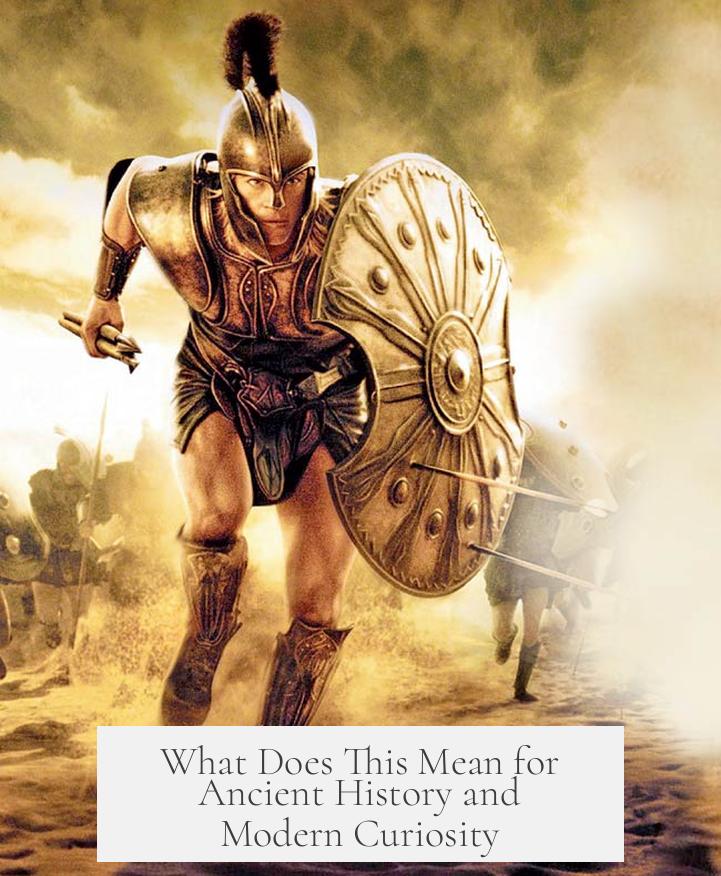
Achilles’ story urges us to appreciate how myth and history intertwine. It shows the power of narrative in shaping human understanding. While a real tomb would be a stunning archaeological revelation, the absence of such a find doesn’t devalue Achilles’ place in cultural memory.
Plus, this opens a fun question: How might we separate “real” history from beloved stories? Archaeology and textual analysis provide clues but rarely definitive answers for such ancient legendary figures.
In the meantime, the next time you hear tales of Achilles charging into battle, think of him as a symbol forged in storytelling fires—heroic, timeless, and still inspiring. His “tomb” might be nowhere to dig up, but his legend is alive, captivating and stirring curiosity thousands of years after the last arrow flew.
Final Thoughts
- Achilles’ tomb near Troy remains undiscovered and likely never existed as a physical site.
- The tumuli near Troy linked to Achilles grew from tradition, political symbolism, or early tourism rather than archaeological fact.
- Archaeological digs, including Schliemann’s famous work, failed to uncover Bronze Age tombs that could match Homeric heroes.
- Achilles is best understood as a mythical or literary figure, not a historical person.
- Academic resources like Burgess’s 2020 article offer detailed insights into the complexities surrounding Achilles’ tumuli.
- This investigation highlights the fascinating dance between myth, memory, and the search for tangible history.
So, dear reader, is Achilles real? In bones and blood, likely no. In myth and culture? An eternal yes. And perhaps that’s far more fascinating than any tomb.
Have archaeologists found the tomb of Achilles near Troy?
No archaeological evidence confirms the exact tomb of Achilles. Excavations at burial mounds in the Troad region have not revealed prehistoric graves linked to him. Most tombs date from later historical periods, not the era attributed to Achilles.
Did Alexander the Great really visit Achilles’ tomb?
Ancient sources report Alexander visited a mound believed to be Achilles’ tomb. This may reflect local tradition or political symbolism, rather than real identification. There is no firm proof the tomb he saw belonged to the mythical hero.
Does the existence of a tomb suggest Achilles was a real person?
No, the tomb’s existence does not confirm Achilles was historical. The Homeric epics are literary works, not historical records. Many scholars consider the search for his tomb as chasing a legend rather than evidence of fact.
Why do some burial mounds near Troy get linked to Achilles and Patroclus?
Ancient Greeks attributed certain tumuli to these heroes based on epic stories. This tradition may have been shaped by local beliefs or tourism. There is no archaeological or textual evidence that supports these specific attributions.
Are there any modern studies about the search for Achilles’ tomb?
Yes. Scholarly articles discuss the challenges in locating the tomb. For example, Jonathan S. Burgess’s work explains why these tumuli likely do not date back to Achilles’ time, underlining the mythic nature of the site.
